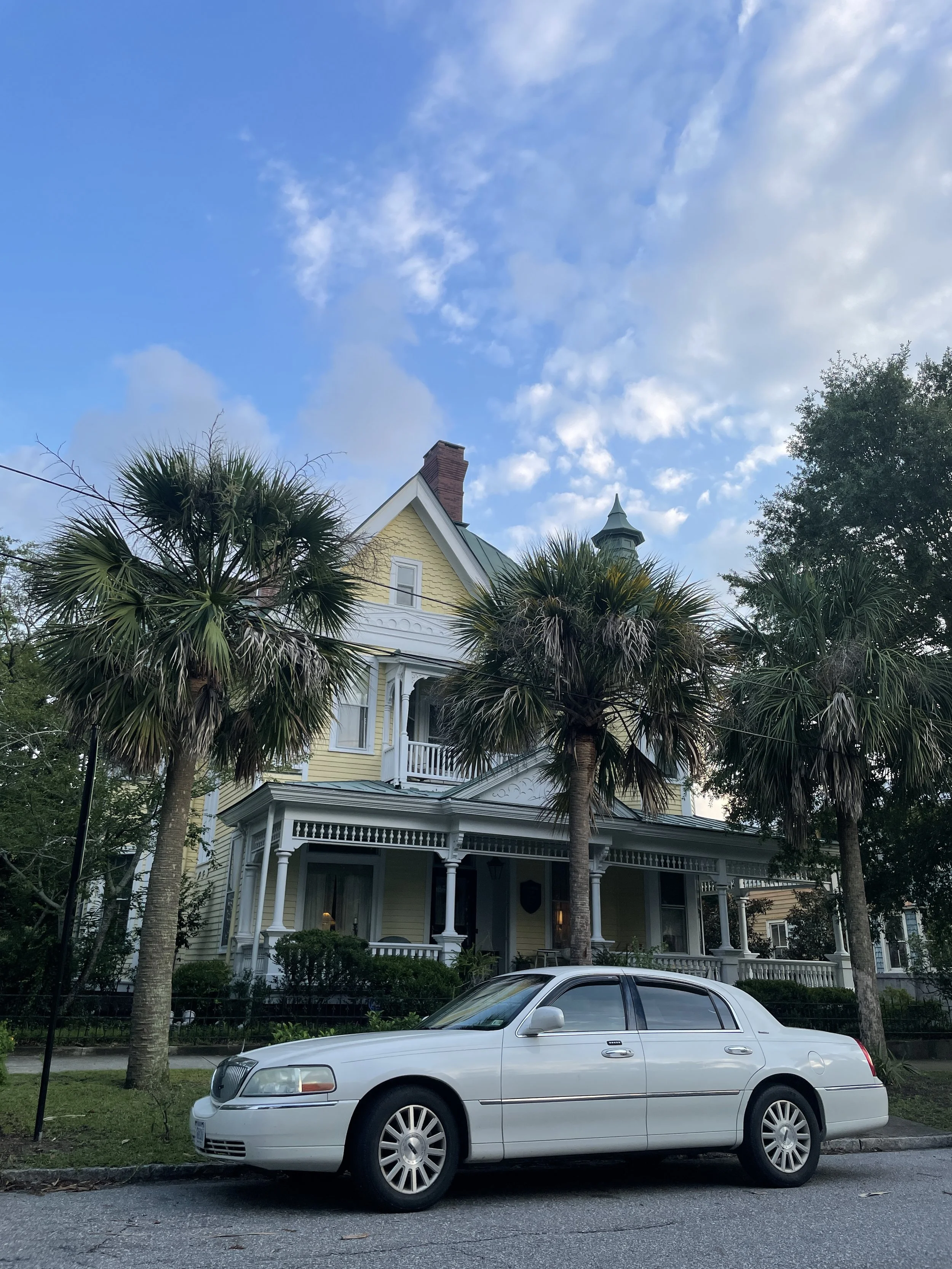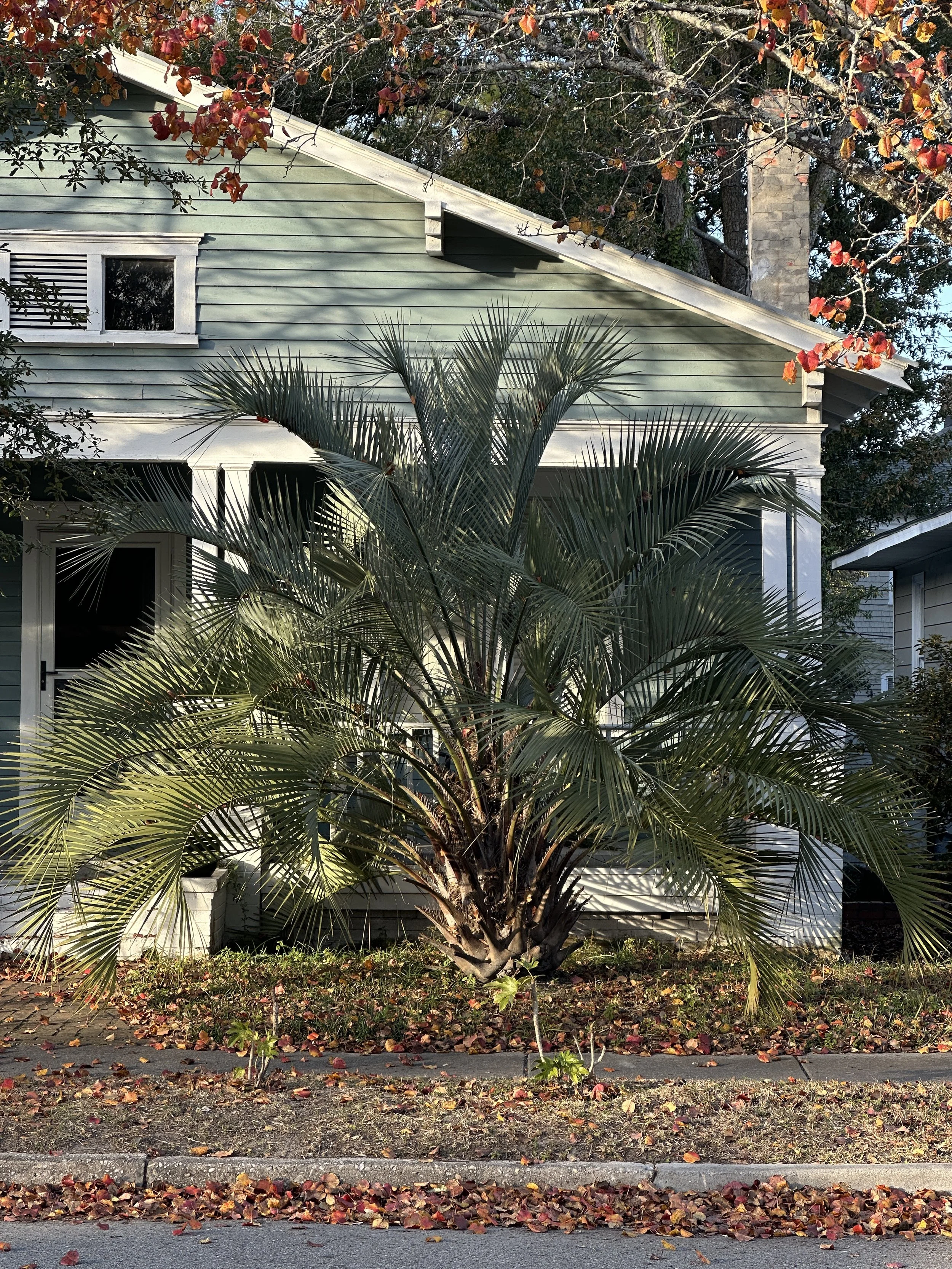North Carolina Palm Tree Guide 2025
Certain cold-hardy palm trees thrive in North Carolina, especially in the warmer USDA Zones 7b–8b that cover good amounts of the coast and southern Piedmont. Choose the right species, plant in a protected micro-climate, and follow a few winter-prep steps and you’ll enjoy palms from Wilmington to Raleigh (and even sheltered spots near Asheville).
Understanding North Carolina’s Hardness Zones
| Region (approx.) | Common Cities | USDA Zone* | Avg. Winter Low (°F) |
|---|---|---|---|
| Barrier Islands & Cape Fear Coast | Wilmington, Oak Island | 8b | 15–20 |
| Inner Coastal Plain & Southern Piedmont | Fayetteville, Charlotte | 8a | 10–15 |
| Central Piedmont | Raleigh–Durham | 7b | 5–10 |
| Foothills & Lower Mountains | Greensboro, Asheville | 7a / 6b | 0–5 |
| High Mountains | Boone | 6a / 5b | –5–0 |
*Based on the 2023 USDA Plant Hardiness Map. Micro-climates (south-facing walls, urban heat islands) can be ½–1 zone warmer.
Cold-Hardy Palms That Work in North Carolina
| Palm | Min. Hardy Zone | Size @ 10 yrs | Best NC Region |
|---|---|---|---|
| Needle Palm (Rhapidophyllum hystrix) | 6b | 6 ft H × 8 ft W clump | Mountains, Piedmont, Coast |
| Windmill Palm (Trachycarpus fortunei) | 7b | 10–15 ft single trunk | Piedmont, Coast |
| Dwarf Palmetto / Sabal Minor (Sabal minor) | 7b | 5–7 ft fan | State-wide in sheltered spots |
| Sabal Palmetto (Cabbage Palm) (Sabal palmetto) | 8a | 25 + ft | Coastal Plain (Wilmington southward) |
| Pindo / Jelly Palm (Butia capitata) | 8a | 15 ft arching crown | Coastal Plain & southern Piedmont |
Pro Asheville tip: If you garden in Zone 7a (Asheville foothills), stick with Needle or Sabal minor and give them a windbreak.
Sabal Palmetto (also known as Cabbage Palms)
Windmill Palm
Site Selection & Planting Tips
Micro-climate matters
South- or east-facing walls reflect heat and shield trunks from northwest winds.
Urban backyards often run 5 °F warmer than open countryside
Soil & drainage
Palms hate “wet feet.” Amend heavy clay with 30-40 % pine fines and coarse sand
Aim for pH 6.0–7.0 (most NC soils fit this after organic matter is added)
Planting calendar
Best window: April – early June (for root establishment before winter)
Container-grown palms transplant better than field-dug in NC’s variable spring weather
Year-Round Care Guide
| Spring–Summer | |
|---|---|
| Task | Details |
| Water | Deep soak twice weekly the first year; taper as roots establish. |
| Fertilize | Use a palm-specific 8-2-12 with micronutrients (Mg, Mn) in April & July. |
| Mulch | 2–3 in. of pine nuggets out to the drip line; leave a 4-in. trunk gap. |
| Fall | |
|---|---|
| Task | Details |
| Cleanup | Remove dead fronds; leave green ones (they feed the crown). |
| Potassium boost | Apply a 0-0-16 supplement to improve cold tolerance. |
Coastal Zone 8 palms rarely need protection aside from a thick mulch ring.
Common Issues & Fixes
| Symptom | Likely Cause | Fix |
|---|---|---|
| Yellowing older fronds | Nitrogen or magnesium deficiency | Apply complete palm fertilizer; add Epsom salt (1 tbsp/gal) monthly |
| Brown spear (center leaf) pulls out | Cold damage / fungal infection | Remove damaged tissue, drench with copper fungicide, monitor new growth |
| Frond tips burnt | Salt wind (coast) or over-fertilization | Rinse foliage, adjust feeding schedule |
Why do palms boost NC Landscapes?
Instant tropical vibe without annual replanting
Evergreen structure when deciduous trees drop leaves
Salt-tolerance is ideal for coastal properties
Low litter compared to pine & oak
If you need help finding and planting the perfect palm for your North Carolina home, contact Thorpe Landscapes today!





